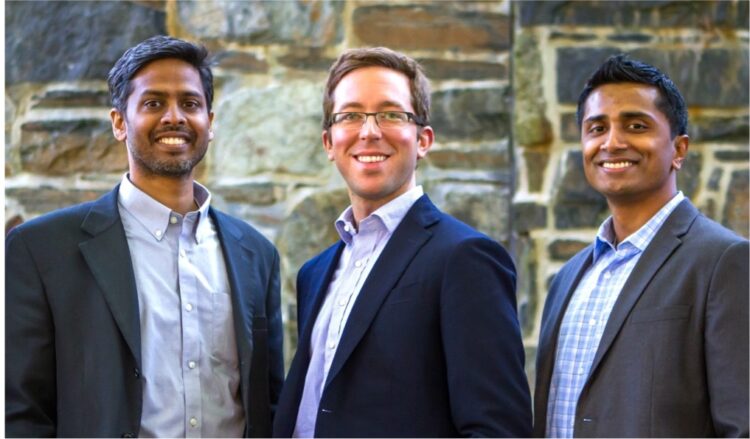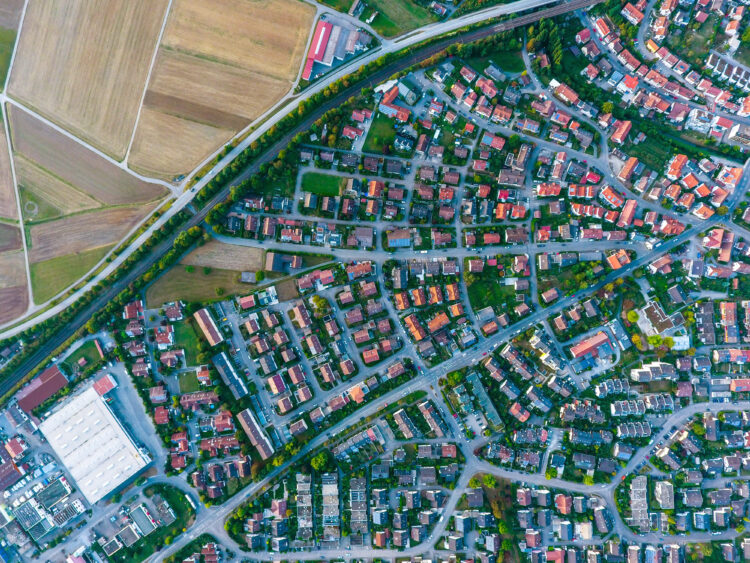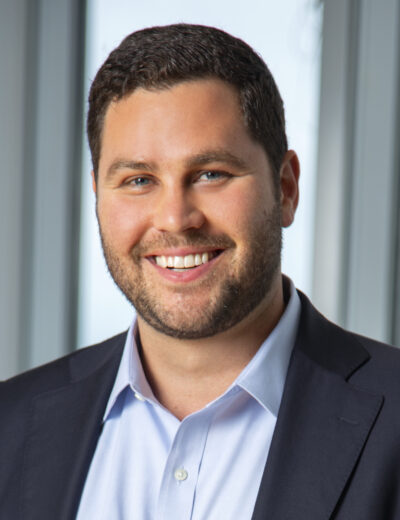The U.S. population is just over 330 million.
The world population is approaching 8 billion.
Even though we live in this giant world filled with billions of people, our functional worlds—the worlds made up of the people we interact with on an almost daily basis—are much smaller. In this way, we experience two worlds with two different orders simultaneously.
The Two-World Tension
Friedrich Hayek, an Austrian-British economist and philosopher, famously called these two worlds the “micro-cosmos” and the “macro-cosmos.”1
The micro-cosmos is made up of our immediate tribes—our families, close friends, and loved ones. We have a clear order of responsibility within this world. We are naturally inclined to be kind, generous, patient, and even sacrificial towards these people.
The macro-cosmos consists of the world beyond our immediate tribes—the people we barely know or do not know at all. Strangers. Our order of responsibility is murkier in this world, and we feel a tension between wanting to act on our natural human inclinations to care for others but wondering if the burden is too overwhelming or even inappropriate to extend beyond our immediate communities.
The Good Samaritan
One of Jesus’ most well-known parables and one that is accepted across many cultures is the parable of the Good Samaritan. Jesus tells this parable in response to a question from a lawyer. Wanting legal clarification on God’s command to “Love your neighbor as yourself,” the lawyer asks, “Who is my neighbor?”
The good Samaritan’s neighbor was a complete stranger who needed help. It’s likely that the story was told with an intentional emphasis placed on the geographic and cultural differences between the two.
Though profound and revolutionary to the tribalized culture at the time, the parable points to an even greater reality that is instinctively familiar to every human heart.
Embedded in all of us is a yearning to see the needs of others met. Indeed, we experience deep satisfaction when we can help. And this empathetic desire extends from the people within our most immediate tribes all the way to the strangers we encounter on the street.
Our Macro-Cosmic Neighbors
The two-world tension mentioned above is the modern-day version of the who is my neighbor question. In a world that is simultaneously growing in population and becoming increasingly connected, we are constantly having to ask the question, Who is my macro-cosmic neighbor?
Our macro-cosmic neighbors are all of the people in our periphery that may only be tangentially affected by our actions. As our world becomes more connected, however, our actions have a broader reach to even more distant neighbors.
Your neighbor is the factory worker who knits together the shirt on your back, the farmer who grows the vegetables you eat for dinner. She is the cashier at the store who works double shifts at minimum wage so her grandmother doesn’t have to, the single parent who struggles to find time to work enough hours to buy groceries and help their kids with their homework.
Your neighbor is the co-worker who needs you to be competent and trustworthy in your work so they can be competent and trustworthy in theirs, the customers you serve at your work who rely on the product or service your company offers to add value to their lives.
And your neighbors are all of the people who are affected by the products and operations of the companies you invest in.
The way we love these macro-cosmic neighbors will look functionally different than the way we love those in our micro-cosmos, but our innate sense of empathy does not end with our immediate communities.
Getting to Reimagine
We may want to avoid thinking about the macro-cosmos because the feeling of never being able to do enough can be overwhelming.
But what if there are two sides to the empathy that is embedded in us? Empathy causes us to feel pain for people who hurt, but it also causes us to rejoice when that pain goes away.
So, as we look for more ways to care for our macro-cosmic neighbors, it could become an exciting pursuit of the pleasure that comes with imbuing a sense of loving purpose into our actions that seek their well-being and less about avoiding the shame of not doing enough.
Perhaps Jesus’ answer to the question Who is my neighbor? was less about bestowing an arbitrary burden on his listeners and more about unveiling a slice of wisdom that reflects how they were wired to care for their neighbors both near and far.
Perhaps we’ve got it all wrong. Maybe it’s time to rethink our paradigm. Instead of thinking that we have to love our macro-cosmic neighbor, why not rejoice that:
We get to love the stranger.
We get to love our most distant, macro-cosmic neighbor.
Which means we get to reimagine how we live, work, play, spend, give, and, yes, invest with a special purpose of loving our neighbors in both worlds.




















